#animal design
Text
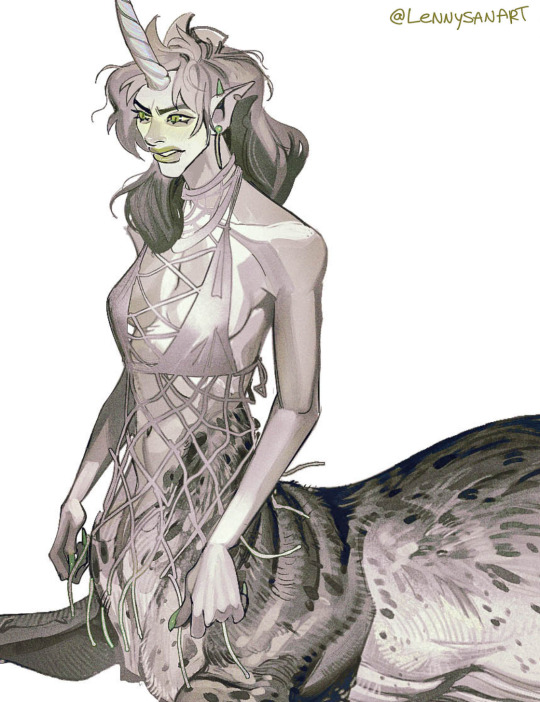

Narwal/Leopard Seal Centaur
#character design#animal design#centaur#narwal#leopard seal#my art#idk what else to put LMFAO#i think shes neat#maybe ill make her a character or smth
3K notes
·
View notes
Text
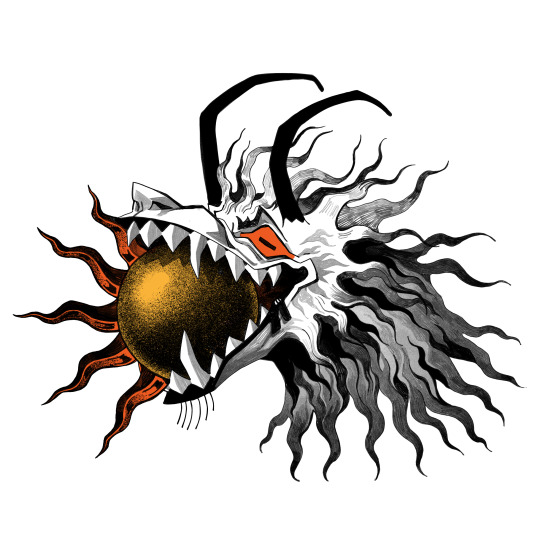
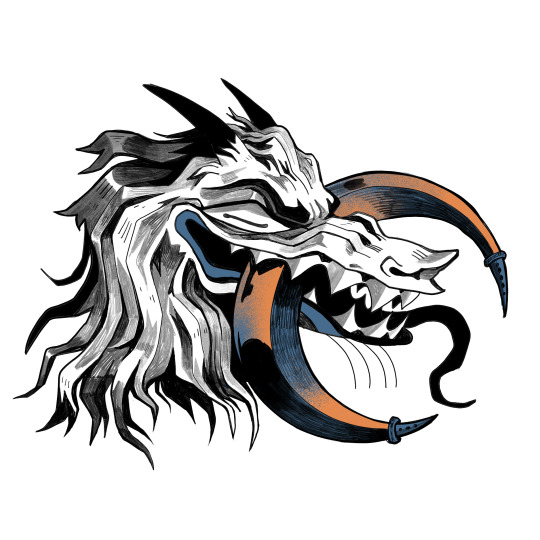
Sun & moon eaters
947 notes
·
View notes
Text
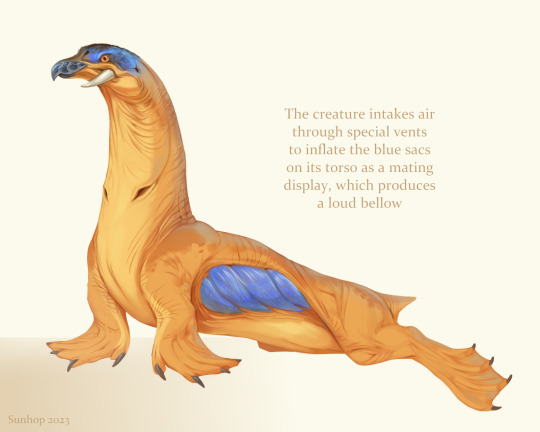
this is an experiment/practice thing that got way outta hand
it was supposed to be a style study and then it wasn't
#my art#uhhh how do i tag this#creature#creature design#animal design#specbio#speculative biology#spec evo#idk#painting#monster
72 notes
·
View notes
Text
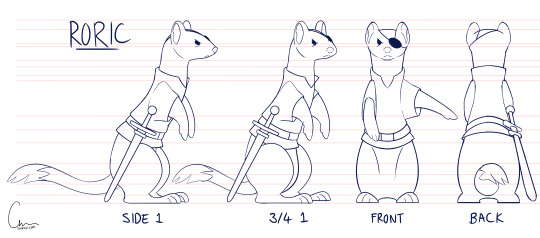
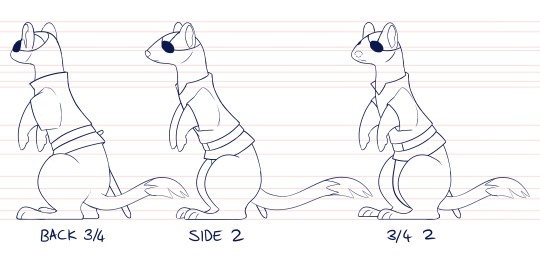


There's nowhere good on the internet for posting a character turnaround, I weep.
Updating my Character Design portfolio atm, so have a little turnaround of my boy Roric! He may end up with an expression and pose sheet, but we'll see how we go.
#Art#artists on tumblr#Animation#Turnaround#character turnaround#character design#animal design#Stoat#Ferret#anthropomorphic#digital art#cartoon#cartoon ferret#creature design#design for animation
29 notes
·
View notes
Text

Daemon Cockerel
3D model for The Elder Scrolls: Online
Model by Mindwalk Studios
#mindwalk studios#the elder scrolls#art#concept art#tes#eso#daemon cockerel#animal design#creature design#the elder scrolls online
33 notes
·
View notes
Text

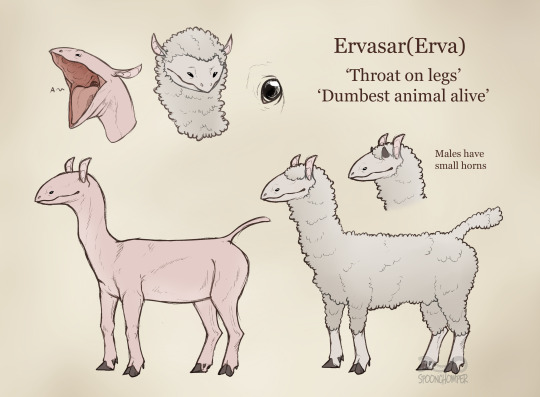
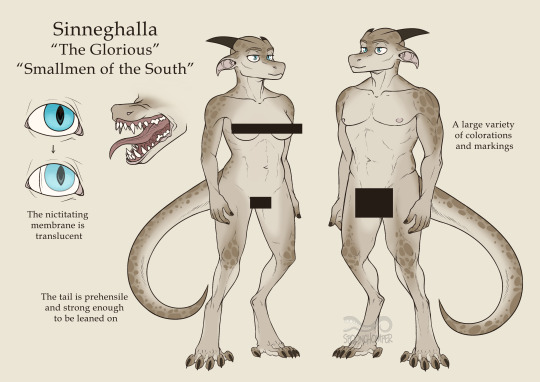
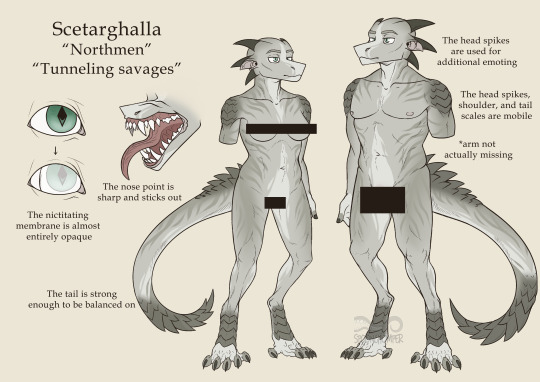
Some animals I've made refs for!
There are so many more to go but you know how it is.
in this link you can find all the species that have their own TH entry! Not all of them are finished
Making the world full of fun animals that inhabit balanced ecosystems is quite a challenge, but is still fun nonetheless :D
questions? My ask box is open!
#eraden#worldbuilding#digital art#monster#animal#speculative biology#spec bio#lore#fantasy#digital#animal design
49 notes
·
View notes
Text


I added new, holo stickers to my shop!
#holographic#animal art#stickers#holo stickers#dragon#dog#fantasy#holo#glitter#cool stickers#animal design
364 notes
·
View notes
Photo
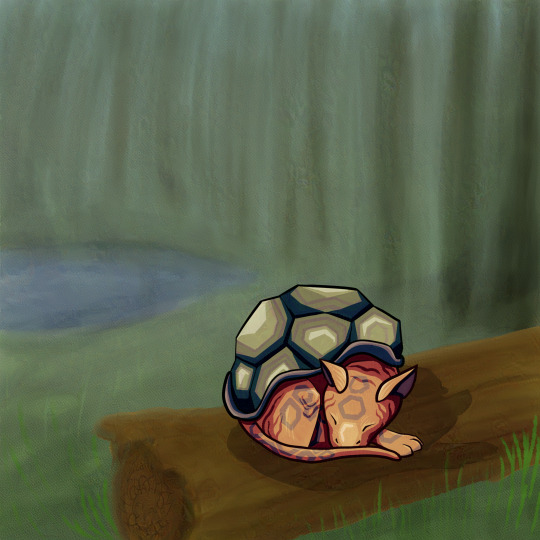
Purrtoise in its Natural Habitat
Over a few months in 2023, I worked on a potential trading card game. It's safe to say, it'll never be finished. But I still went back and added a background to one of the critters I drew for it.
Posted using PostyBirb
#my art#artists on tumblr#artwork#drawing#art tag#cbarts#digital art#art#furry artist#anthro artist#cat#turtle#tortoise#original creature#animal#character design#animal design#original species#scene#cat hybrid#forest#painting#rebelle 7#hybrid animal#tortoise shell#pond#digital painting
12 notes
·
View notes
Text
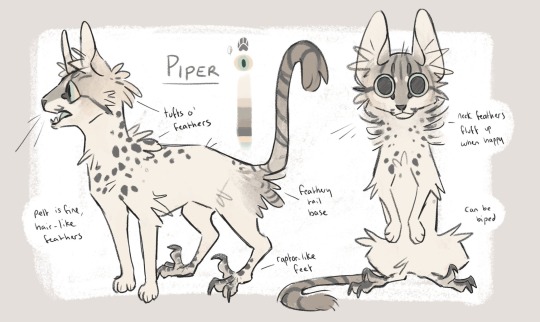
ref of a cat bird thing so I stop changing their design each time I draw them
683 notes
·
View notes
Text




Sketches of a so far unnamed creature. These house cat descendants weight over 170 kilograms and are specialized for hunting vertebrate prey of similar size. They hunt by chasing the prey down, restraining it with their front paws and finally killing it with a strong bite.
When their ancestors, the house cats, started exploiting a niche of a small, arboreal predator, one of them had a nanite mutate its forelimb claws in such a way that they were slightly more opposable. This individual passed it down to their offspring, because it happenned to be an advantage for climbing and prey capture. As the time passed and the ecosystem stabilized more, their population began to grow larger as larger prey established their own populations in the rainforests. At this point, their ancestors weighted circa 60 kilograms. Due to their diet shifting to a larger sized prey, they slowly abandoned the tree canopy, but still climbed on their daily basis. One branch of these moderately sized felines would slowly become more and more social, using their opposable thumbs for grabbing rather than restraining. This lineage will be very important later on, as they will be one of the few lineages to develop their own culture. The other “moderately big tree feline” branch stayed relatively solitary, moved into a more open habitat and their role shifted to a fast predator and grew even larger. The shift wasn’t as extreme, as these animals retained long, muscular tails and strong thighs from their pouncing-climbing ancestor, these body parts only changed their purpose and further specialized, resulting in a kangaroo-like body plan and jumping then replaced sprinting and they lost the ability to rectract claws on their hind paws.
When they moved out of the safety of the rainforest, they weren’t the top predators. There was another, very large creature. Its scaly, colour changing body towered over every single carnivore of its time. The colour change was very important for communication, especially red appearing around the face area, which signalized aggression. Our red faced felines back then weren’t quite red faced yet, this adaptation developed as a defense mechanism against these reprilian predators. Its goal was to confuse the squamate for a brief moment, allowing the feline to get a headstart when escaping. These mammals cannot see red, and neither can their prey, so this adaptation had little to no impact on their hunting. Even though that reptilian predator had gone extinct few milions of years ago, the red face on our felines is still their characteristic signature.
#speculative evolution#creature design#digital art#worldbuilding#artists on tumblr#spec bio#spec evo#speculative fiction#sketch#animal design#worldbuilding project#scifi worldbuilding
28 notes
·
View notes
Text

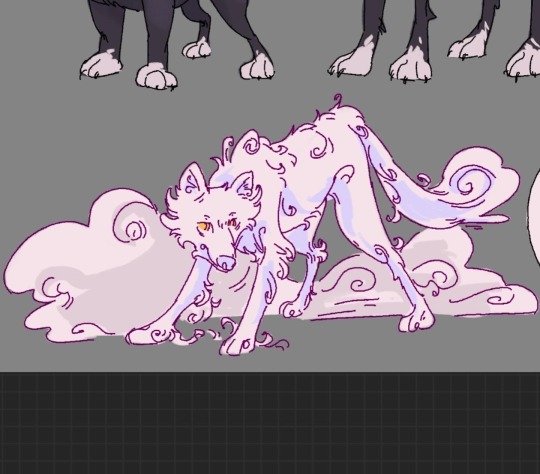
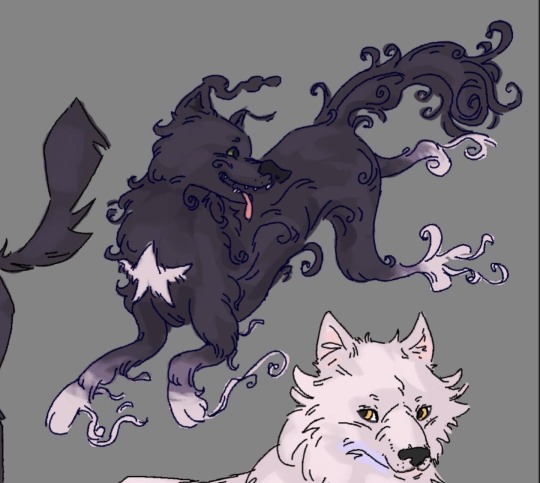
Mistwolf time! Planning a redraw of one of my favorite book covers from my Youth so I’m working out some of the animal companion designs (Avalon: Web of Magic enjoyers rise UP!!) (Dreamer and Stormbringer are my fictional emotional support dogs)
#avalon web of magic#mistwolves#kids lit art#kidlitillustration#character design#fantasy character design#wolves#adriane charday#my art#comic illustration#middle grade art#middle grade illustrator#animal design#creature design#familiars
96 notes
·
View notes
Text

Took a personality assessment for school and got Owl and Dove(/pigeon) 🦉🕊️
35 notes
·
View notes
Text




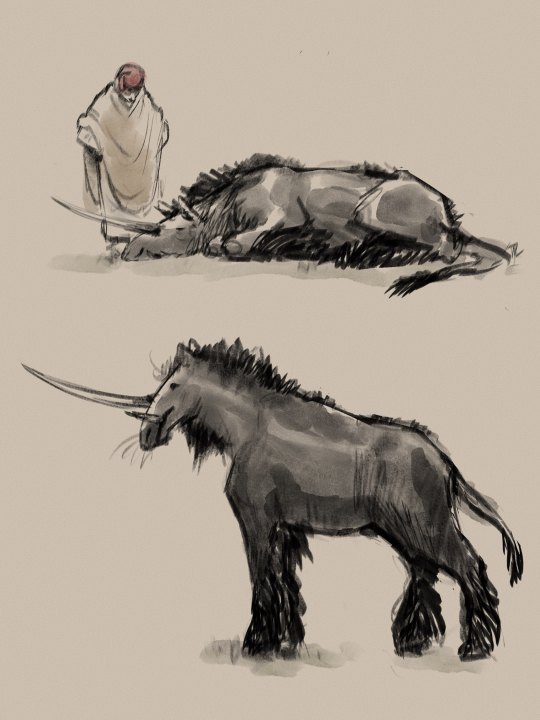
monoceros
#fantasy art#fantasy creature#creature design#animal design#tag for the untitled fantasy novel I'm writing#tw blood
15 notes
·
View notes
Text
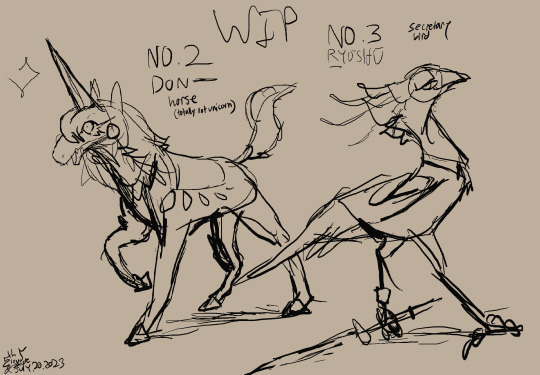
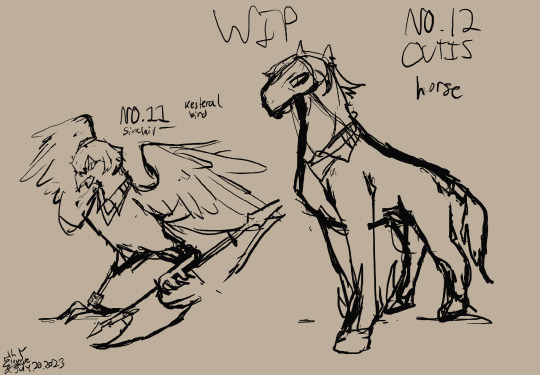
is work on animal design :] !
#ok to reblog#art#wip#animal design#limbus company#lcb#don quixote lcb#ryoshu lcb#sinclair lcb#outis lcb#saude.cafe
41 notes
·
View notes
Text
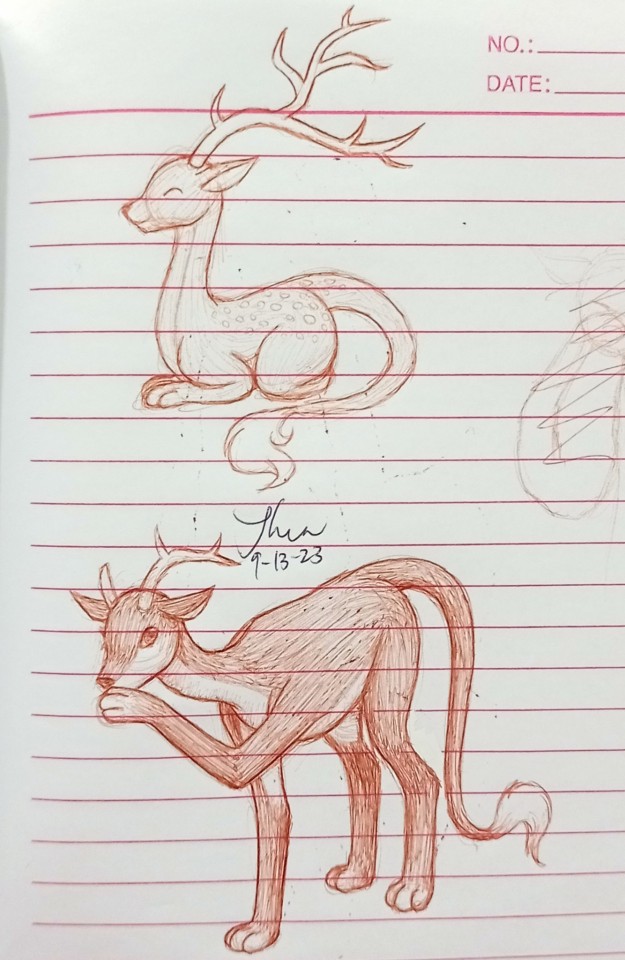
Deer, but with paws & long lion-like tail. :)
#drawing#traditional drawing#creature drawing#creature design#animal drawing#animal design#art#traditional art#fantasy#shythalia#design#deer#animals#cute animals#sketch#pen and paper#pen art
22 notes
·
View notes
Text

Finished design for the Eastern Serix, which I made using the Fundamentals Of Creature Design book. I really recommend picking it up if you want to really challenge yourself on really researching and having several passes at creating fictional creatures and really thinking about how and where it would live, feed, walk/swim/fly, breed, sleep. Really useful stuff to practice and full of great examples and references.
I wanted a tree dwelling hunter, so i tried to combine traits from a Fossa, Emerald Tree Boa, and a created gecko, I also threw in some inspiration from lemurs and frilled lizards.
The Eastern Serix is nocturnal and hunts mice and small birds, it uses its long, bristly tail to suspend its body from branches and releases when it wants to drop onto unsuspecting prey below. It then wraps its tail around them and the bristly fur stands on end and sticks into the prey, holding in place like thousands of tiny needles. It is then able to unhinge its jaw and swallow prey whole. The striped fur along its neck can be extended to form a frill to scare off predators.
#Fundamentals of creature design#creature design#creature creation#speculative zoology#creature concept#creature#speculative biology#speculative design#speculative art#speculative biology art#digital art#black and white art#procreate#animal design#animal design art#animal art#fossa#Tree python#lemur#frilled lizard#digital design#concept art
9 notes
·
View notes